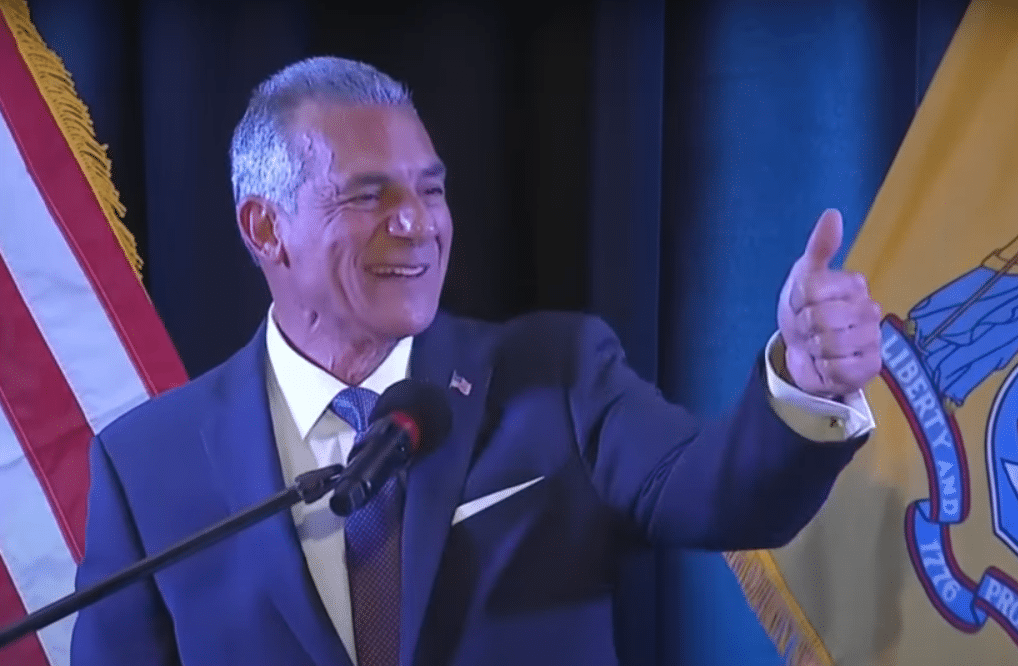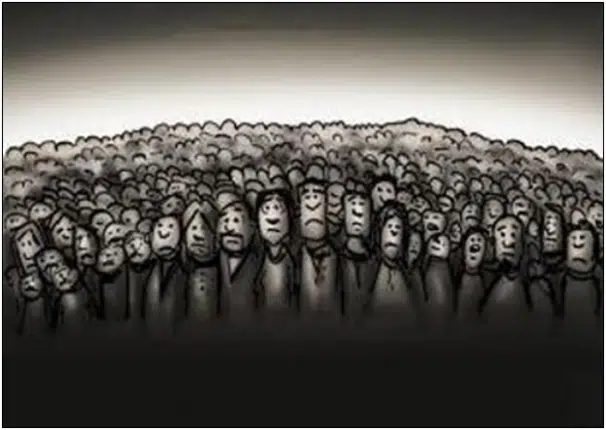
After the 2024 midterm election, several states emerged as possible new “purple states”, states that were once long-time Democrat strongholds but showed signs of moving toward the right when faced with a choice between Former Vice President Kamala Harris and President Donald Trump. New Jersey, once a Democratic stronghold, is one of the states where power began to shift toward conservatives, thanks in part to Hispanic voters moving toward President Trump.
This November, New Jersey will face a gubernatorial election that offers an opportunity for conservatives to fight to increase their edge and offers an early look into how power may shift in the midterm cycle next year. New Jersey has largely favored Democrat governors since the early 2000’s with the exception of Former Republican Governor Chris Christie’s two terms, making it a challenge for conservatives. Since 2002, four out of the last five governors have been Democrats, with Chris Christie serving beginning in 2010 and ending in 2018. Democrat governor Phil Murphy has governed for the past two terms.
This fall’s election pits Democratic candidate Mikie Sherrill against GOP challenger Jack Ciattarelli, and according to recent polls Sherrill is in the lead. A July Fairleigh Dickinson University poll released July 29 found Sherrill leading Ciattarelli by eight points, 45 percent to 37 percent, with 16 percent undecided.
However, that 16 percent uncommitted could be pivotal. According to the survey, most partisans plan to vote along party lines, but independent voters move significantly toward the Republican candidate, Ciattarelli, when first asked a series of questions about local New Jersey issues rather than focusing on national issues like immigration and President Trump. The pollsters found that independent voters move seven percentage points toward Ciattarelli when asked about local issues like energy costs, flooding, and Jersey Transit. While Democrats hold an advantage in New Jersey at the moment, independent voters may be able to tip the scales.
Economic issues could also push voters toward Ciattarelli, according to a July 2 Rutgers-Eagleton poll. The survey found the Democrat candidate Sherrill loses her edge when asked about issues like taxes and affordability, the two largest issues to New Jersey voters. It should also be noted that Ciattarelli has increased his standing significantly over the month of July. He went from trailing Sherrill by twenty points in the early July Rutgers-Eagleton poll to trailing her by eight points in the late July Fairleigh Dickinson poll.
New Jersey is in flux, and Republicans may be able to continue making inroads with economically motivated voters, just as they did in 2024. Last November, President Trump lost new Jersey by six percentage points, but when compared to the margin by which Joe Biden won Jersey in 2020 the data shows cracks in Democratic control. Biden won New Jersey by sixteen points in 2020, indicating the state swung ten points to the right between 2020 and 2024.
Latino voters shifting toward President Trump played a crucial role in that shift. According to AP VoteCast, 43 percent of Latino voters supported President Trump in 2024, up from just 28 percent in 2020, a striking fifteen-point shift.
Trump also won a collection of Latino heavy districts in North Bergen, a region that is 70 percent Hispanic, and made gains in densely Hispanic cities. As the New Jersey Monitor reported after the election, Trump beat Harris by six points in the city of Passaic, which is 73 percent Latino.
Unaffiliated voters could also play a role, as independents shifted nationwide toward Trump in 2024. While Democrats maintain a strong advantage over Republicans in terms of voter registration, New Jersey has a large unaffiliated population that could shift toward the Republican Party, particularly when candidates focus on issues like taxes, affordability, transportation, flooding, and energy costs.
As of late July, Republican Jack Ciattarelli is still trailing his Democratic rival, Mikie Sherrill, but the race leaves room for him to improve against Sherrill. Surveys show Sherrill loses her edge on the two most important issues to New Jersey voters — taxes and affordability. Data also shows that when the race is framed in terms of local issues such as flooding and transportation over national issues such as immigration, Ciattarelli improves significantly among undecided voters. In addition, Ciattarelli has improved in polling since early July, indicating it is possible he could close the gap by November. Either way, the gubernatorial race will provide insight into whether the GOP is able to continue the momentum it gathered under President Donald Trump in possible “purple states”.
Manzanita Miller is the senior political analyst at Americans for Limited Government Foundation.






